
No matter what the season, there are always interesting birds to see at TNC in Kentucky's nature preserves. In fact, birds move through Kentucky all year long. Some change habitats within state borders; others stop by during spring and fall as part of long journeys between breeding grounds and warmer climates.
Here are a few favorites you might see at one of our Kentucky nature preserves or state Wildlife Management Areas—places where we are working with partners to protect and manage habitats for avian visitors.
We’ve also included a section below with helpful birding tips to make it easier for you to spot birds—even in your own backyard. With a little patience and the right techniques, you’ll be surprised at how many different species you can observe close to home. See you outside!
Summer
In summer, birds are feeding young hatchlings. Soon the youngsters learn to fly and eventually leave the nest. As the long days of summer begin to wane, birds are no longer as vocal as they had been in spring and early summer. Neotropical migrants prepare to make the long journey south for winter. As the days grow short, there is still a lot to see and hear before cooler weather arrives.
Wood ducks, herons and other birds can be spotted at our Kentucky preserves, like Jim Beam Nature Preserve.
Kentucky Summer Birds
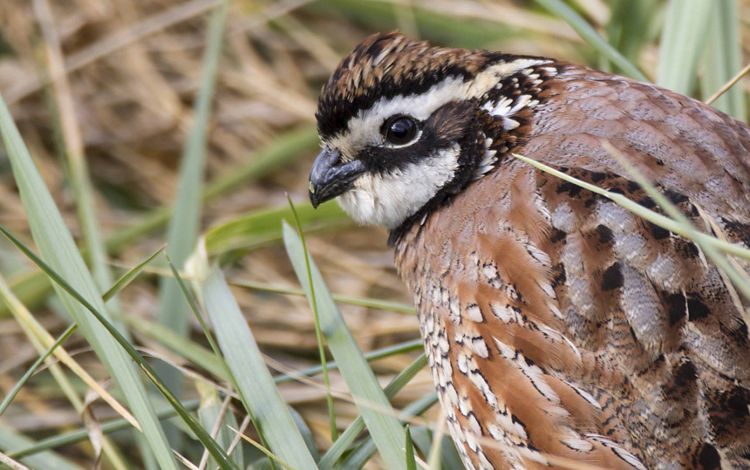








Fall
Fall is a time when falling leaves allow birdwatchers to catch a glimpse of some species that would otherwise be hidden in the trees. First come songbirds like warblers and vireos, followed by thrushes, grosbeaks and sparrows. As winter approaches, the woodpeckers, geese, ducks, loons and hawks arrive.
See birds fly through the changing leaves at our Sally Brown and Crutcher Nature Preserves.
Kentucky Fall Birds

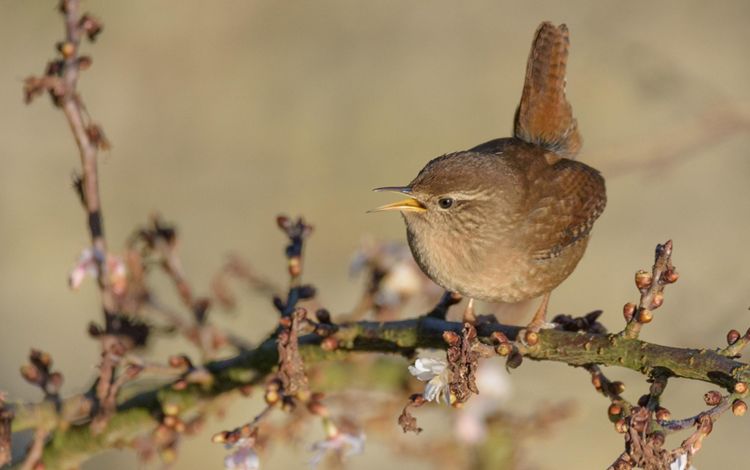
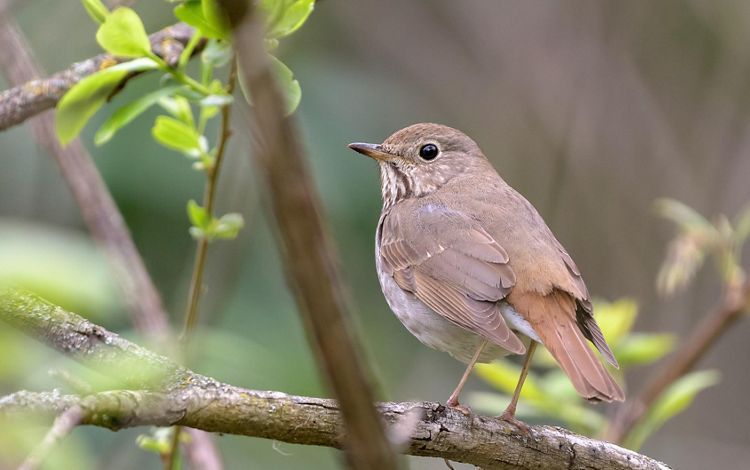

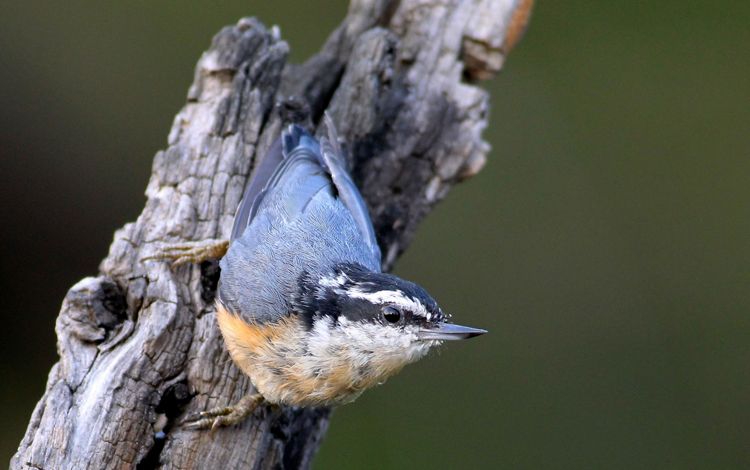
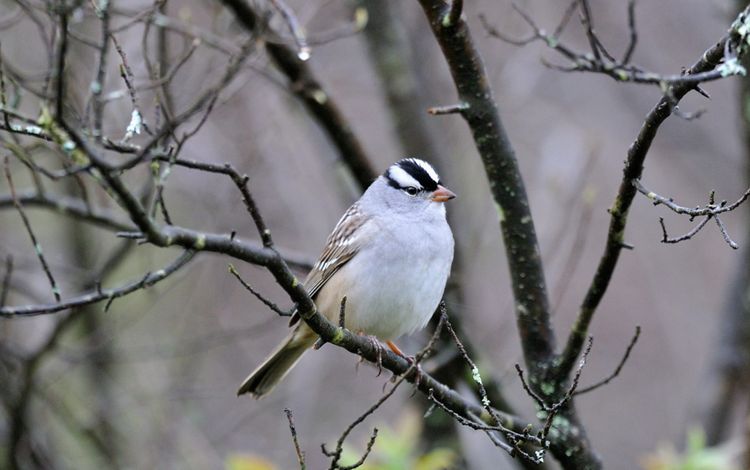
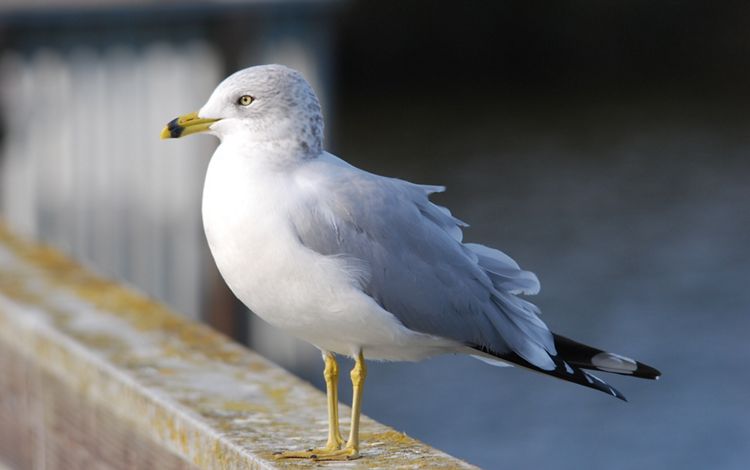
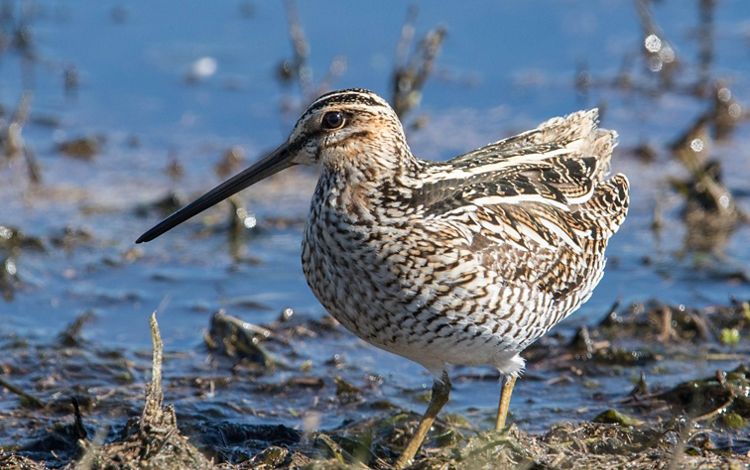


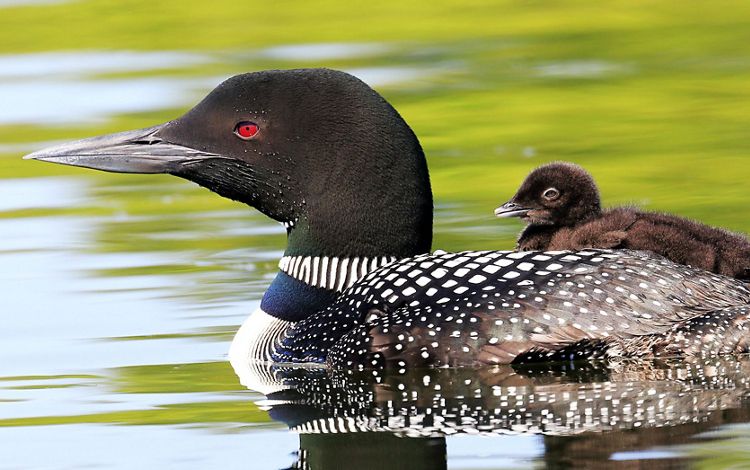

Winter
In winter, birdwatchers have a chance to catch a glimpse of woodpeckers, geese, ducks, loons, hawks and other species that become more visible after trees lose their leaves.
Visit our Mantle Rock Preserve to see birds like sandhill cranes and the colorful eastern bluebird.
Kentucky Winter Birds

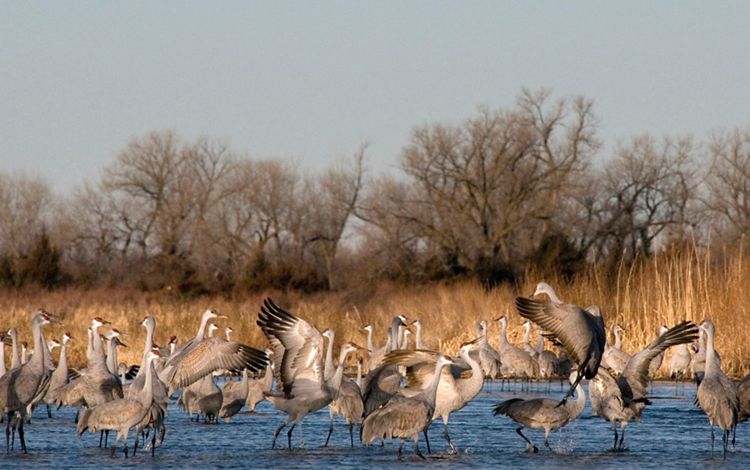










Spring
In springtime, eggs are laid and hatchlings can be heard squawking through Kentucky’s forests, grasslands, streams and prairies. These natural environments provide nesting grounds for an array of birds, especially spectacular populations of warblers.
Visit one of our Kentucky preserves, like Dupree Nature Preserve, in the spring to spot songbirds and hummingbirds.
Kentucky Spring Birds
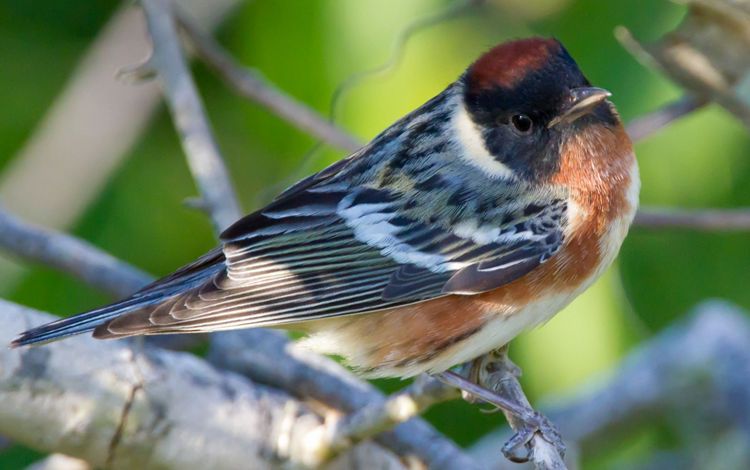


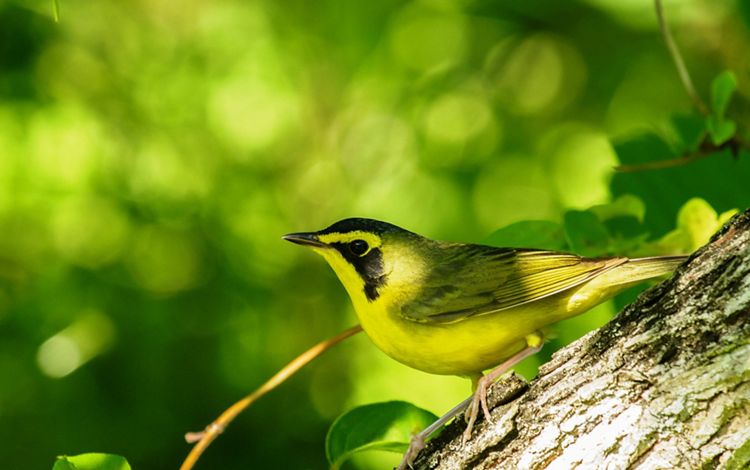



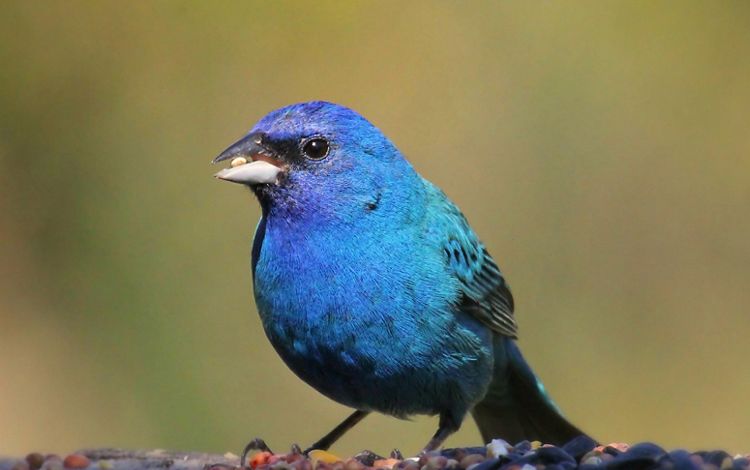



Birding Tips
Learn more from experts about backyard birding and how to spot birds when visiting one of our preserves. Below are some birding tips from birding experts Blaine Ferrell, TNC in Kentucky trustee, and Jeff Sole, former director of conservation for TNC in Kentucky.
What is your top advice for beginning birders?
[Blaine Ferrell] Don’t get frustrated. There are many tools available now, including some good apps. I recommend trying Merlin, an app that listens to birds and identifies the species for you. Another good app is eBird. Just be careful—the apps aren’t always accurate; you still have to know the birds. Listen to them, track them down and look at a good birding guide. The best thing is to become familiar with the topography of a bird; get an idea of what the bird’s bill looks like. I identify most birds now by posture and behavior.
Are there groups that help birders who are just getting started?
[Jeff Sole] The Kentucky Ornithological Society is Kentucky’s statewide birding nonprofit group. They have a spring meeting and a fall meeting for members—and anyone can be a member. At these meetings, there are numerous bird outings led by experienced birders. I lead a hike or two, and Blaine leads them as well. Going with someone experienced will help you find the birds and get on them much more quickly than if you’re going alone. You should also join your local birding club. All of them do birding hikes once a month or so.


More Tips
What kind of equipment do you recommend?
[Blaine Ferrell] I recommend an 8-power pair of binoculars. This gives you a broader field of view than a 10-power, which has a narrower focus and is more difficult for beginning birders. Try to get a good pair of binoculars with no color aberrations around the edges of the lenses when looking for birds. Eventually, if you stay with the hobby, you’re going to want to add a 60x spotting scope. This is especially helpful when viewing birds at large lakes. Start learning the birds with your binoculars, and then when you get better, invest in a spotting scope.
Any final thoughts for beginning birders?
[Jeff Sole] The more you bird, the more you will get to where you’re doing it by ear. I didn’t start trying to learn my bird calls; I birded by sight. It would be a great thing to learn your bird calls and songs early on. It will speed up your progression to becoming a good birder.

Backyard Birding
You don’t have to leave your home to find birds. By preparing your own backyard with food and water, you can attract birds and watch them at home. Begin by putting up a basic bird feeder and bath. Birding expert Blaine Ferrell uses oil type sunflower seeds, which are not as expensive as thistle. Even if birds find their own food, they will come in and get a bath.
Ferrell set up a small water feature in his backyard by digging a hole and putting in a pond form from a hardware store. The form holds water, while a small waterfall attracts birds by sound.
“I’ve had a hundred species come to this water feature,” Ferrell says. “I’ve had water thrushes, Louisiana thrushes, scarlet tanagers, summer tanagers—it’s just incredible what this little water feature did. Snapping turtles and dragonflies came in. It created a whole food chain.”
Ferrell uses a UV light with his water feature to kill bacteria, keep the water clear, and prevent algae growth. It is important for backyard birders to clean and maintain feeders and baths for bird health.
A backyard birding book can help guide you to creating a yard that birds will love. Ferrell recommends “Gardening for the Birds,” by Thomas G. Barnes and “North American Bird- feeder Guide,” by Robert Burton and Stephen W. Kress.
Resident Birds
While many bird species migrate with the changing seasons, some can be spotted in Kentucky all year long. Birds such as owls and sparrows make Kentucky their permanent home, meaning your chances of seeing them are even greater. These year-round residents adapt well to the state’s varying seasons, finding food and shelter even in the colder months. Whether you’re exploring woodlands, farmlands, suburban or urban areas, you can enjoy birdwatching in Kentucky no matter the time of year.
Kentucky Resident Birds





Stand Up For Nature
Support our work to protect nature in Kentucky.